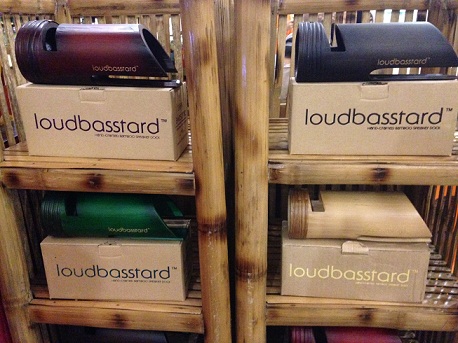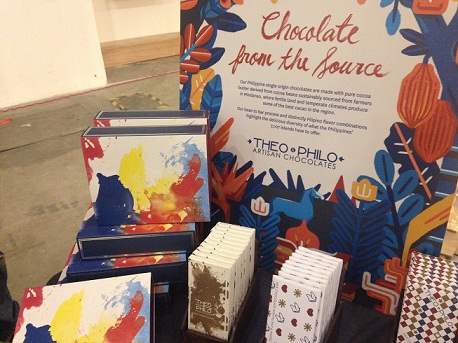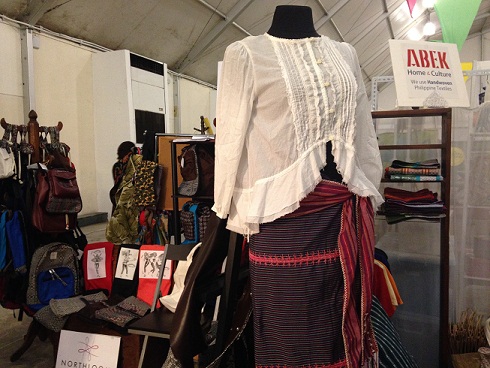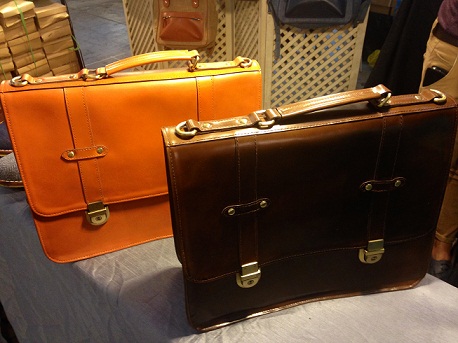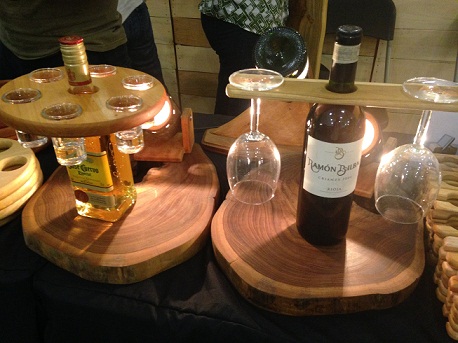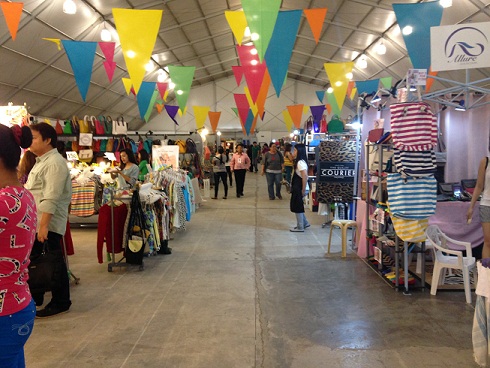By NORMAN SISON
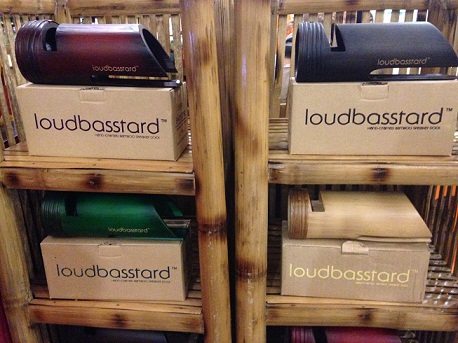 AT a bazaar held annually to showcase Filipino-made products, quality and price are not the only selling points. So is patriotism.
AT a bazaar held annually to showcase Filipino-made products, quality and price are not the only selling points. So is patriotism.
Actually, the August 22-24 Global Pinoy Bazaar, is a declaration in itself: the “Made in the Philippines” label is no longer synonymous with inferior quality.
Convincing Filipino consumers to let go of their appetite for all things imported is the main challenge for the mostly small Filipino businesses that participated at the expo. For the members of civic organization Yabang Pinoy (“Filipino Pride”), the bazaar’s organizers, it is a paradigm shift.
Among the 250 bazaar participants is IT specialist Philo Chua, who left his job in the United States in 2007 to put up Theo & Philo Artisan Chocolates (www.theoandphilo.com).
Chua’s patriotic colors are on full display in his artistic packaging, which make them nice small gifts on their own. And his chocolates are not just made in the Philippines. As declared on the wrappers, they are “by the Philippines, for the Philippines, of the Philippines”.
Chua sets his chocolate bars apart from the local and foreign competition with distinctive flavors that only Filipinos would readily recognize, such as adobo, barako coffee and siling labuyo.
However, Chua doesn’t want to just sell chocolates. Neither does he want his customers to buy just out of blind nationalistic fervor. He wants to educate Filipinos about their country.
Theo & Philo began with a common sense realization: most well known chocolate brands are European — think of Switzerland — but no European country produces cacao. The cacao tree can only be grown in countries located in the “coffee and cacao belt” of the planet, which is within 20 degrees north and south of the equator — where the Philippines sits.
There is also a bit of history to it. Chua points out that the Philippines has actually been producing chocolates for centuries ever since the Spanish colonizers brought cacao into the islands.
“The Philippines is not known for chocolates, so there is a lit bit of hesitancy from buyers. It takes a bit of education that what we’re doing is different from the usual kind of chocolates that are made in the Philippines,” says Chua.
For men’s bag and shoe company Erb and Chet, “buy Filipino” is about bringing back the glory days when Marikina City was once the shoe capital of the Philippines.
Their passion for good quality bags led De La Salle University graduates Erbi Limin and Chet Alzona to design their own bags in 2012. They later started a shoe line aimed for the modern man.
Erb and Chet (www.erbandchet.com) started off with a simple idea: Limin and Alzona wanted stylish bags and shoes. Some were expensive but didn’t last long enough, while some were affordable but didn’t look good enough. Their solution was to design their own.
And they made it a point to source their leather and other materials locally. But that caused a marketing problem, however.
“Most Filipinos have this thinking that imported products are better than local. When we started Erb and Chet, we encountered a lot of clients asking why our products are priced as such when it’s locally manufactured. We just explain to them that not all Filipino products are inferiorly produced just to reach the pricing they want,” says Alzona.
“That is why we use high quality materials such as our quality genuine leather, which is locally produced. One step at a time, by manufacturing and offering globally competitive products to the right target market, we can change this mindset to a better one.”
The change has been slow but it is happening, says Mark Tan, spokesman of Yabang Pinoy (www.yabangpinoy.com), founded in 2004 by a group of young and idealistic people who are proud to be Filipinos.
Their message: the economy will be strong at the core if Filipinos buy locally. In the end, what Yabang Pinoy wants is to lay the foundations of a strong country by engendering a sense of nationalism among Filipinos.
That was in President Manuel Quezon’s mind when he issued Executive Order No. 217 on August 19, 1939, a code of ethics promoting good citizenship among Filipinos. Among those values was an encouragement to Filipinos to buy local and help build the economy. “Cultivate the habit of using goods made in the Philippines. Patronize the products and trades of your countrymen,” Quezon exhorted.
The Philippines was then in a 10-year transition period and Quezon was preparing the country for independence from America in 1946. But nearly 70 years after the Philippine flag went up at Rizal Park, the Filipino preference for all things imported remains as durable as ever.
However, as the manufacturing industry matures, local quality improves and the Filipino sense of nationhood grows deeper roots, mindsets are slowly but surely changing. Buy Filipino advocates emphasise that this will be crucial when the ASEAN region integrates into a single market next year
“The Filipino consumer is becoming conscious of the contribution of their buying habits to the local economy,” says Tan, adding that the attitude change has been noticeable over the past 10 years that they have been organizing the Global Pinoy Bazaar. More businesses have been participating each year and more visitors have been going to the bazaar.
Call it consumer nationalism. The “Made in the Philippines” label is worth buying.
